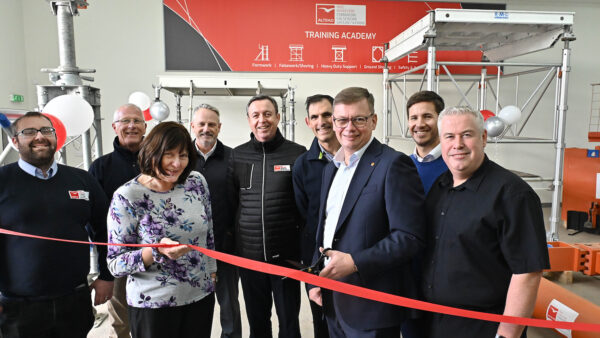Mark Mitchell on what pension reforms mean for construction.
Pension reforms underway across industry have been primarily devised with permanent, nine-to-five employees in mind. But when applied to the large temporary workforce, such as exists in construction, they can be confusing.
Since 1 October 2012 the UK’s largest employers have begun to enrol their eligible workers on to a qualifying pension scheme. Companies with 250 or more people on their PAYE database have until 1 February 2014 to do this. Smaller firms will subsequently be phased into the scheme, with all employers with a PAYE system eventually brought on board by 1 April 2017.
The Pensions Regulator will contact all businesses with notification of their staging date 12 months before this is due to occur, but in the meantime it is advisable for businesses to prepare for the changes as thoroughly as possible.
For those in the construction industry relying on temporary and contract workers, the process may well be more complex. The intricacies of the reforms when applied to such workers is unclear in many ways, and even basic information as who is responsible for auto-enrolling workers requiring clarification.
Enrolment responsibility
Responsibility for enrolment can be determined according to who handles National Insurance contributions and PAYE duties. Those who deal with this directly should start to formulate a plan to handle every individual who is deemed eligible. In the case of temporary and contract workers, umbrella organisations and recruitment agencies supplying temporary workers typically hold these contracts, which means the burden falls to them.
Read related article: “We’re all in: pensions and construction”
But many of these bodies are trying to mitigate responsibility. With little choice but to pay the contribution initially, many will later attempt to claim back the time and expense from the hirer. A clearer option would be for them to come to an agreement before the contract begins, in anticipation of this situation further down the line.
Where responsibility for pensions falls to a third-party provider, it is worthwhile checking that they are prepared to handle this new obligation. The best agencies will communicate clearly and upfront their costs from auto-enrolment and how they will be distributed.
Eligibility is another potentially thorny issue, with numerous factors affecting a worker’s status including age, wage and hours worked. The key is understanding that there is no hard and fast rule that refers to both permanent and temporary workers, so it is always wise to work on a case-by-case basis.
Recently, Meridian held the first summit of its kind on auto-enrolment and found that many firms were not equipped with the HR resources and infrastructure to meet the requirements. The long lead-in time for the legislation (which will not be fully phased in until October 2018) has in many cases fostered a sense of false security, with employers taking a more relaxed approach to the reforms rather than using the time to plan effectively around cost mitigation measures.
This is where agencies can add real value: many partners will have already either started auto-enrolment or be in advanced stages of preparation thanks to the large numbers of temporary workers on the books.
Being ready for auto-enrolment should not be optional, and while many have buried their heads in the sand it will be enforced by The Pensions Regulator. As is almost always the case when dealing with new legislation, preparation is key. The construction industry led the way in utilising the flexible workforce, it must now be at the leading edge when planning for the legislation which affects it.
Mark Mitchell is the chief executive of specialist recruitment company, Meridian Business Support. www.meridianbs.co.uk









Comments are closed.